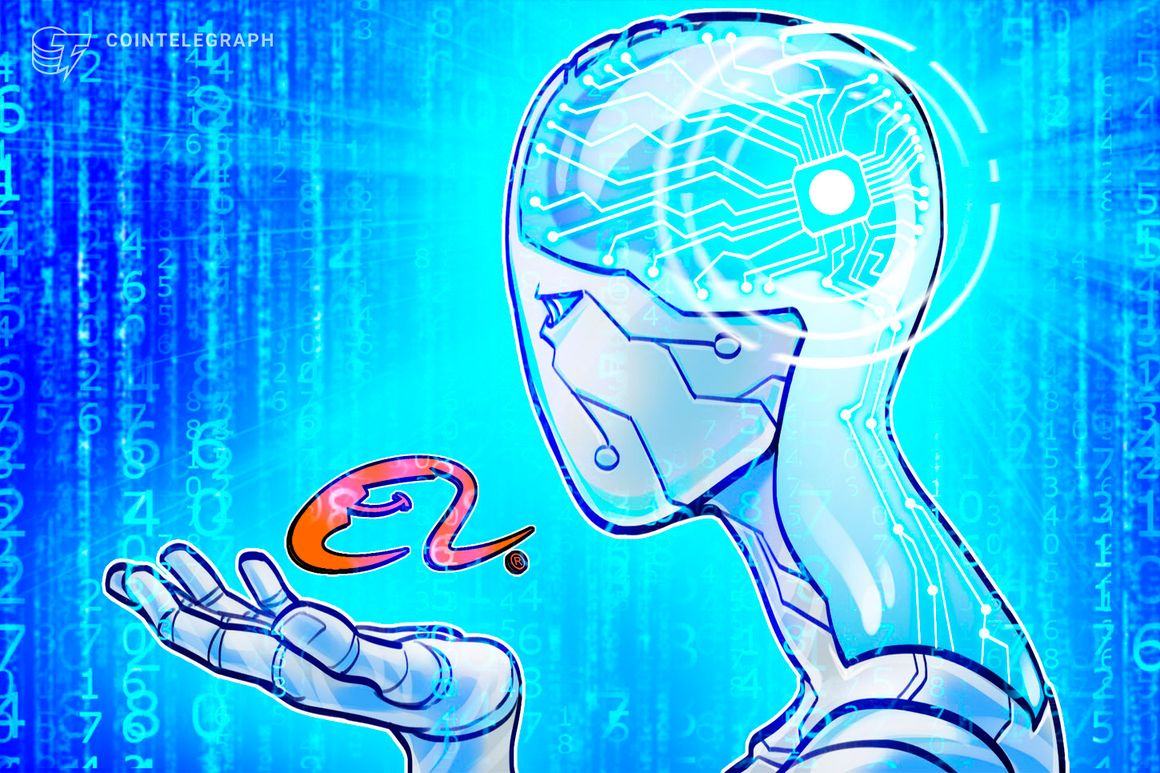
Alibaba Group, the Chinese tech and e-commerce giant, announced the release of two open-sourced artificial intelligence (AI) models from its cloud computing department on Aug. 3, according to a press release.
Its two large language models (LLMs) are dubbed Qwen-7B and Qwen-7B-Chat, with each model having 7 billion parameters. Alibaba said these two models are small-size versions of the Tongyi Qiawen, which the company released in April.
These new models are aimed at helping introduce AI in the operations of small to medium-sized businesses.
The company said Qwen-7B and Qwen-7B-Chat have various capabilities that would be appealing to enterprises such as being able to “code, model weights, and documentation will be freely accessible to academics, researchers and commercial institutions worldwide.”
Alibaba’s latest LLMs are also the first released from a Chinese tech company to be open-sourced. However, it said businesses with over 100 million monthly active users will need a license.
On Aug 1., the company also announced an update in the form of a vector engine to its AnalyticDB data warehousing service, which will allow its corporate clients to quickly create custom generative AI applications.
Related: AI chip developer gets $100 million from Samsung and Hyundai
This development comes after Meta’s release of its open-sourced LLM named Llama 2, which it released with Microsoft on July 16.
Meta says its Llama 2 was trained using 40% more public data and able to process twice as much context compared to its predecessor. It is also open-sourced and the biggest version of Llama 2 features 70 billion parameters.
Similar to Alibaba’s latest it also requires a license from corporate users with over 700 million users.
On July 26, Alibaba announced what it called “the first training and deployment solution for the entire Llama2 series in China” after it deployed a Llama 2 solution for businesses, in order to develop AI-powered software and tools.
Magazine: Make 500% from ChatGPT stock tips? Bard leans left, $100M AI memecoin: AI Eye





